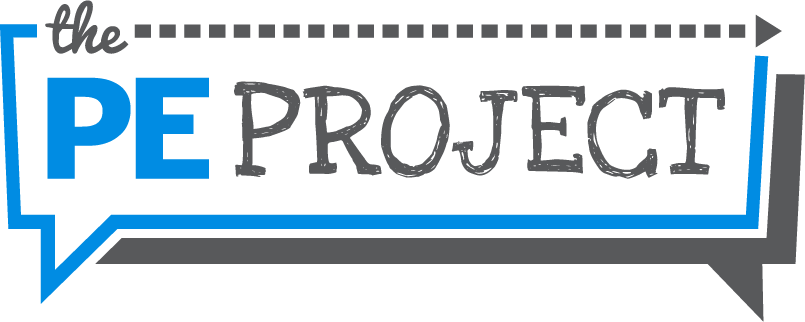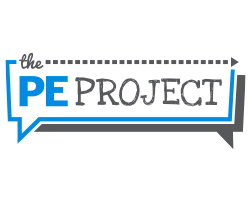In the field of physical education, the learner-initiated teaching style has gained significant attention in recent years. Developed by Muska Mosston and Sara Ashworth, the learner-initiated teaching style is an instructional approach that emphasizes student autonomy and self-directed learning. In this article, we will explore the learner-initiated teaching style in physical education, provide examples, and reference its origins.
Muska Mosston and Sara Ashworth first introduced the concept of the Spectrum of Teaching Styles in their book "Teaching Physical Education." The Spectrum of Teaching Styles is a model that categorizes teaching styles into two main categories: command and practice styles, and reciprocal and self-check styles. The learner-initiated teaching style is one of the self-check styles that emphasizes self-directed learning and student autonomy.
Characteristics of the Learner-Initiated Teaching Style:
- Student Autonomy: Students are given the freedom to make decisions about their learning, including choosing activities and setting goals.
- Self-Directed Learning: Students take responsibility for their learning by setting goals, monitoring their progress, and reflecting on their performance.
- Cooperative Learning: Students work together in small groups or pairs to help each other achieve their goals.
- Teacher Guidance: The teacher acts as a facilitator, providing guidance and feedback when necessary.
In a physical education class, the learner-initiated teaching style may involve the following examples:
- Choice of Activities: Students are given the option to choose the activities they want to participate in during class. For example, students may choose between playing basketball or volleyball.
- Goal Setting: Students set their own goals and develop plans to achieve them. For example, a student may set a goal to improve their endurance by running a mile in under 10 minutes.
- Peer Teaching: Students work together in small groups or pairs to teach each other skills or techniques. For example, a student may teach their partner how to properly execute a tennis serve.
- Self-Reflection: Students reflect on their performance and progress towards their goals. For example, a student may write a reflection on their performance during a basketball game and identify areas for improvement.
In conclusion, the learner-initiated teaching style is an effective approach to teaching physical education that emphasizes student autonomy, self-directed learning, and cooperative learning. By giving students the freedom to make decisions about their learning and encouraging them to take responsibility for their progress, students become more engaged and invested in their physical education experience. The learner-initiated teaching style is a valuable addition to any physical education program and can help students develop lifelong skills and habits that will serve them well in all aspects of their lives.
References
- Mosston, M., & Ashworth, S. (2002). Teaching physical education. Prentice Hall.
- Dyson, B. (2006). Skill themes and movement concepts: Teaching dance in physical education. Journal of Physical Education, Recreation & Dance, 77(2), 27-32.
- Stevens-Smith, D. A., & Wiggins, M. (2017). Teaching elementary physical education: Strategies for the classroom teacher. Human Kinetics.










